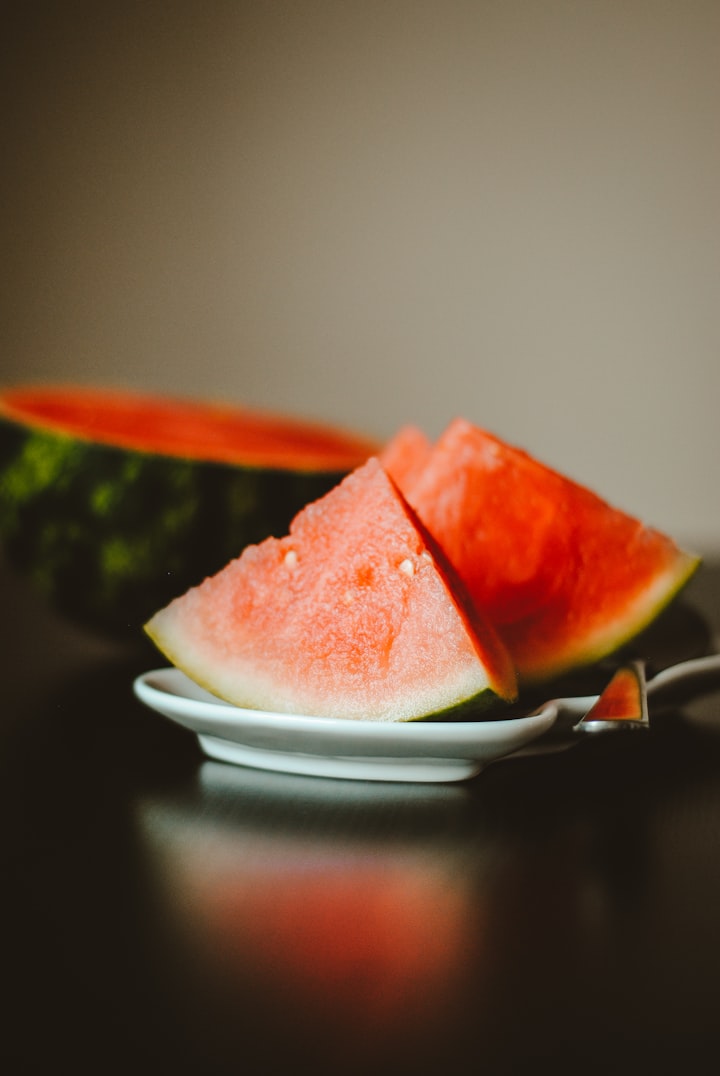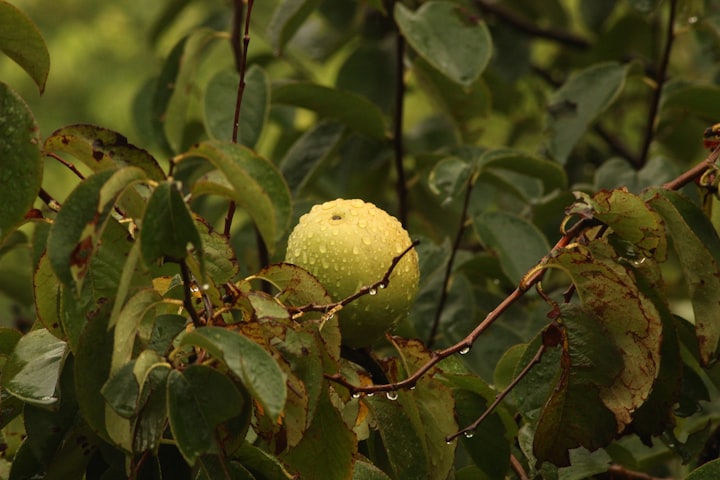The watermelon plant, scientifically known as Citrullus lanatus, is a member of the Cucurbitaceae family, which also includes other vining crops like cucumbers, squash, and pumpkins. This tropical and subtropical plant is popular for its juicy and refreshing fruit, consumed worldwide during the summer season. The process of watermelon's development from germination to fruiting involves several stages, including seed germination, seedling growth, vine formation, flower production, pollination, and fruit development. Let's explore each of these stages in detail to understand the fascinating journey of a watermelon plant.
The first step in the life cycle of a watermelon plant is germination. Like most plants, watermelon starts its life from a seed. The seeds are usually black or brown in color, about half an inch long and oval-shaped. They have a hard, protective seed coat that protects the embryo inside. The germination process begins when the seed is provided with favorable conditions such as proper temperature, moisture, and oxygen availability.
Moisture plays a crucial role in initiating germination. When the soil is adequately moist, the watermelon seed absorbs water through its seed coat. This stimulates the seed to swell, causing the seed coat to split and expose the embryo inside. The embryonic root, called the radicle, emerges first, followed by the emergence of the embryonic shoot, known as the plumule.
As the radicle elongates, it anchors the seedling into the soil, providing stability and access to water and nutrients. In the case of watermelon, the cotyledons, which are part of the embryo, remain below the soil surface and do not emerge above ground during germination. They provide a source of stored nutrients to support early seedling growth until the true leaves develop and start photosynthesizing.
The next stage of the watermelon plant's life cycle is seedling growth. The seedling rapidly elongates and develops true leaves, which are the first leaves to appear above the cotyledons. These leaves have a characteristic watermelon plant appearance, with distinct lobes and deep green color. True leaves enable the seedling to perform photosynthesis, producing carbohydrates that support further growth and development.
During this phase, the watermelon plant requires optimal growing conditions to thrive. Adequate sunlight, temperature, and soil moisture facilitate healthy growth. Watermelons are warm-season crops, thriving in temperatures ranging from 70 to 85 degrees Fahrenheit (21 to 29 degrees Celsius). They require a minimum of six hours of direct sunlight each day to support vigorous growth.
Proper soil conditions are essential for watermelon seedlings. A well-draining soil rich in organic matter is ideal for maintaining optimal moisture levels without waterlogging the young plants. Adequate spacing between seedlings is crucial to prevent competition for nutrients and light. Thinning may be necessary if seedlings are planted too closely together, allowing only the most vigorous plants to continue growing.
Once the seedling stage has passed, the watermelon plant starts its vine formation. Watermelons are vining plants that produce long, trailing stems that creep along the ground or climb up trellises, fences, or other supports if provided. Vining is an essential characteristic of watermelon plants, as it allows them to spread and maximize exposure to sunlight.
The vine formation coincides with the development of secondary roots called adventitious roots, which emerge along the stem's length and anchor the plant to the ground. These roots help the watermelon plant access nutrients and water more efficiently, supporting its growth and development. At this stage, it is important to provide adequate space for the vine to spread, allowing it to avoid crowding and ensure proper air circulation.
As the watermelon vine grows, it will start producing flowers. Watermelon flowers are large, bright yellow or white, and usually appear in the axils of the leaves or at the ends of the vine. The plant is monoecious, meaning it has separate male and female flowers on the same plant. The male flowers, known as staminate flowers, have long, slender stems that bear the pollen-producing stamens. The female flowers, called pistillate flowers, have shorter stems and display a characteristic swollen structure at their base, known as the ovary.
The next significant stage in the watermelon plant's life cycle is pollination. Watermelon flowers rely on pollinators, such as bees, butterflies, and other insects, to transfer pollen from the male flowers to the stigma of the female flowers. Pollination is crucial for fertilization and the initiation of fruit development. Honeybees are particularly effective pollinators of watermelons, as they are attracted to the flowers' nectar and inadvertently transfer pollen while foraging.
Once pollination occurs, the fertilized ovules in the female flower start developing into a fruit. The watermelon fruit develops from the ovary, which undergoes a transformation into the fleshy, succulent part we typically consume. The external appearance of the fruit depends on the watermelon variety being grown, which can range from striped and solid green to yellow or even orange.
From pollination to fruit maturity, the watermelon undergoes a period of intense growth. The fruit swells and gradually enlarges, while the vines continue to grow and produce additional leaves. During this period, watermelon plants have high nutrient requirements, particularly for macronutrients such as nitrogen, phosphorus, and potassium. Adequate fertilizer application, either through organic or synthetic sources, helps ensure optimal growth and fruit development.
As the watermelon matures, it starts to change color, and the rind becomes tougher. The fruit becomes heavier and the sugar content increases, making it sweeter and more delicious. The flesh develops its distinctive juicy texture, while the seeds also mature and harden. However, in recent years, seedless watermelon varieties have gained popularity, with these fruits bearing small, undeveloped, and mostly edible seeds.
Eventually, the watermelon becomes fully ripe and ready for harvest. Many factors determine the ideal time to harvest watermelons, such as the specific variety, local growing conditions, and personal preferences. Generally, signs of maturity include a change in ground spot color, where the part of the fruit in contact with the ground becomes cream or yellowish, and the fruit becomes duller in appearance. Additionally, the tendrils near the fruit's stem usually dry out and turn brown.
Harvesting watermelons requires care to avoid damage. The fruits are typically cut from the vine using a sharp knife or pruners, leaving a short stem attached. Proper handling of harvested watermelons is crucial to maintain fruit quality. They should be stored at cool temperatures, around 50 to 60 degrees Fahrenheit (10 to 15 degrees Celsius), and high humidity, as this helps preserve their sweetness and crispness.
In conclusion, the journey of a watermelon plant from germination to fruiting is a remarkable process that spans several stages. Starting with seed germination, followed by seedling growth, vine formation, flowering, pollination, and fruit development, each stage is essential for the watermelon's successful propagation and the production of its juicy and refreshing fruit. Understanding the intricacies of this life cycle can help gardeners and farmers optimize their cultivation practices and ensure an abundant watermelon harvest.







Comments
Maryann is not accepting comments at the moment
Want to show your support? Send them a one-off tip.